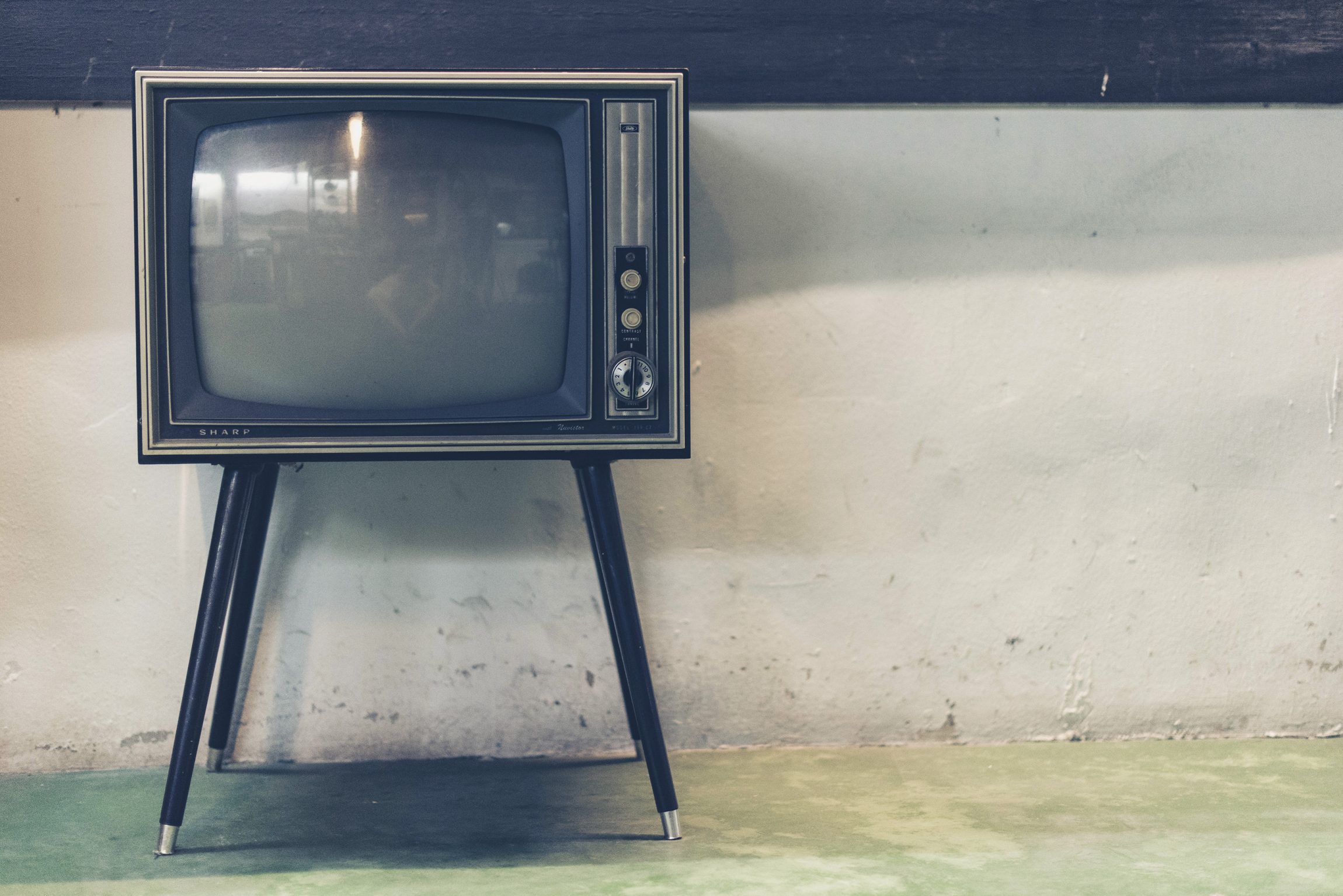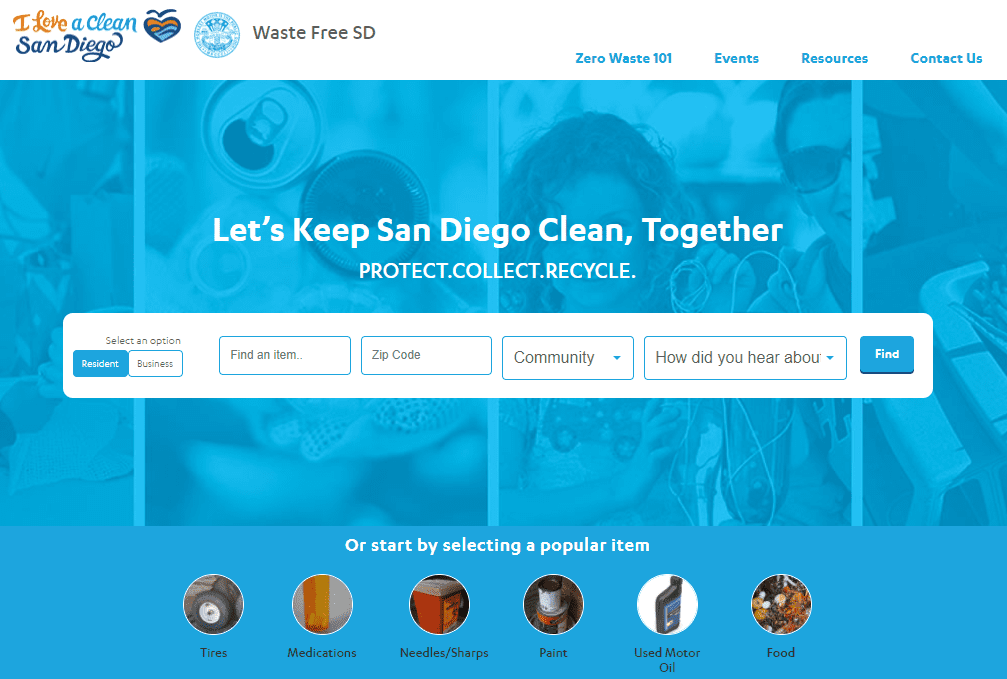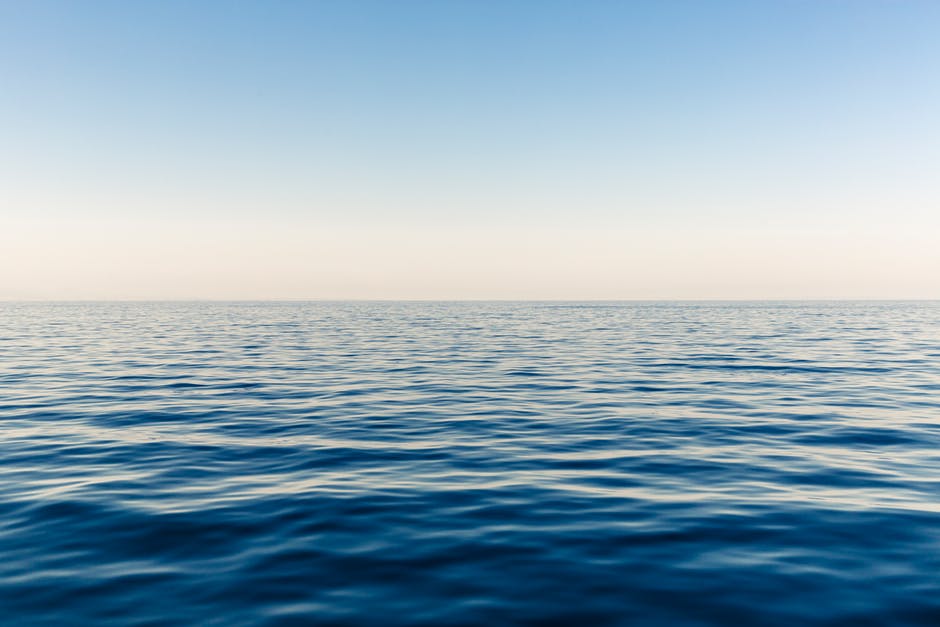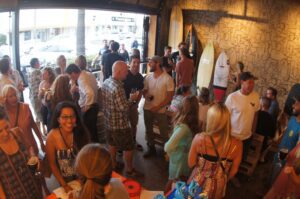Plastic is ubiquitous, and sadly, it does not biodegrade. Instead, it goes through a process called photodegradation, which means the sun’s UV light actually breaks down the plastic into smaller and smaller pieces until it is so incredibly tiny we can hardly see it. Microplastics and the chemicals and toxins that it takes to create plastic will regrettably be in the environment forever.
We need to move away from plastic dependency.
Today, we will identify some main plastic pollution offenders and then offer suggestions and alternatives you can apply in your journey to becoming plastic free! So let’s tackle a low hanging fruit, straws. The history of straws is built mostly on convenience; they are impractical, not recyclable. It’s easy to say no to straws, simply ask your server or local barista to go sans straw, it might be intimidating the first couples tries, but with enough practice and exposure, it will become second nature to ask for a drink without a straw. If you can’t live without a straw, because driving and drinking smoothies can be dangerous, grab yourself a reusable straw for when you are on the go.

Next, swap out your traditional toothbrush for a bamboo handle toothbrush. Instead of heading to a landfill like a traditional toothbrush, the bamboo one is biodegradable, but remember to remove the bristles from the handle before you toss it into a compost bin. Alternatively, you can purchase toothbrushes that are made from recycled plastic, one of the more well-known brushes is created from old yogurt cups!
Another great area to reduce your plastic consumption is in hygiene products. From toiletries to dish soap to laundry detergent to cleaning supplies, they practically all come in plastic packaging. Rethinking the way you purchase these products will drastically reduce your plastic footprint. Purchase bar soaps for the shower and specialized bar soap for the kitchen sink. Make your own chemical free cleaner and house it in an old jam jar. Craft your own 3 ingredient toothpaste. Purchase powder laundry soap that comes in a cardboard box. Choose to implement just one of these and you are on your way to a plastic free mentality.

Next, buy fresh, buy smart, and buy in bulk. When you purchase fresh food, it normally doesn’t come in packaging. So it only makes sense to be smart about your purchasing habits. Instead of reaching for the conveniently packaged and peeled baby carrots, grab a handful of loose large carrots instead. In the mood for trail mix? Instead of purchasing plastic bagged fruits and nuts, search for a grocery store near you that offers trail mix by the pounds in a do it yourself bulk section, and bring your own glass jars to fill it up!

So there you have it, a little inspiration to jump start your journey to going plastic free!
Just remember, you are not expected or encouraged to give up plastic cold turkey. Ease into it. Decide to make a couple personal lifestyle adjustments and other plastic free alternatives will seep into your routine naturally, you’ll see.













